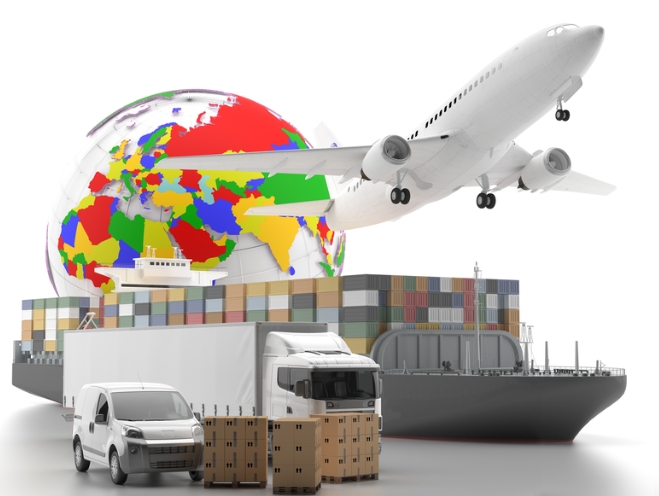Transportation plays a crucial role in our daily lives, enabling the movement of people and goods from one place to another. In this blog post, we will delve into the four main types of transport, providing a comprehensive guide that explores their unique characteristics, advantages, and applications. Whether you're a student, a professional, or simply curious about the world of transportation, this article will offer valuable insights into the diverse modes of transport that shape our modern society.
- Road Transport:
Road transport is the most common and widely used mode of transportation. It involves the movement of people and goods by road using vehicles such as cars, buses, trucks, and motorcycles. This mode of transport offers flexibility, accessibility, and door-to-door service, making it a preferred choice for short-distance travel and the transportation of goods within cities and towns. However, road transport is susceptible to traffic congestion, accidents, and environmental pollution. - Rail Transport:
Rail transport, also known as train transport, utilizes railway tracks to transport passengers and freight. It offers several advantages, including high carrying capacity, energy efficiency, and reduced traffic congestion. Rail transport is particularly suitable for long-distance travel and the transportation of heavy goods. Additionally, it is considered a safer mode of transport compared to road transport. However, rail infrastructure development and maintenance can be costly, limiting its accessibility in certain regions. - Air Transport:
Air transport involves the movement of people and goods by aircraft. It is the fastest mode of transport, connecting distant locations and facilitating international trade. Air transport offers numerous benefits, including speed, convenience, and global reach. It is particularly crucial for time-sensitive goods, perishable items, and long-distance travel. However, air transport is relatively expensive, has limited carrying capacity, and contributes to carbon emissions, making it less sustainable compared to other modes of transport. - Water Transport:
Water transport, which includes shipping and navigation, utilizes waterways such as rivers, canals, and oceans to transport goods and people. It is a cost-effective mode of transport for bulky goods, especially for long-distance transportation. Water transport is known for its high carrying capacity, fuel efficiency, and low environmental impact. However, it is relatively slow compared to other modes of transport and requires suitable infrastructure and navigable water bodies.
Conclusion:
In conclusion, the four main types of transport - road, rail, air, and water - each offer unique advantages and applications. Road transport provides accessibility and flexibility, while rail transport offers high carrying capacity and energy efficiency. Air transport excels in speed and global connectivity, while water transport is cost-effective and environmentally friendly. Understanding the characteristics and applications of these transport modes is essential for efficient logistics, urban planning, and sustainable development in our interconnected world.

